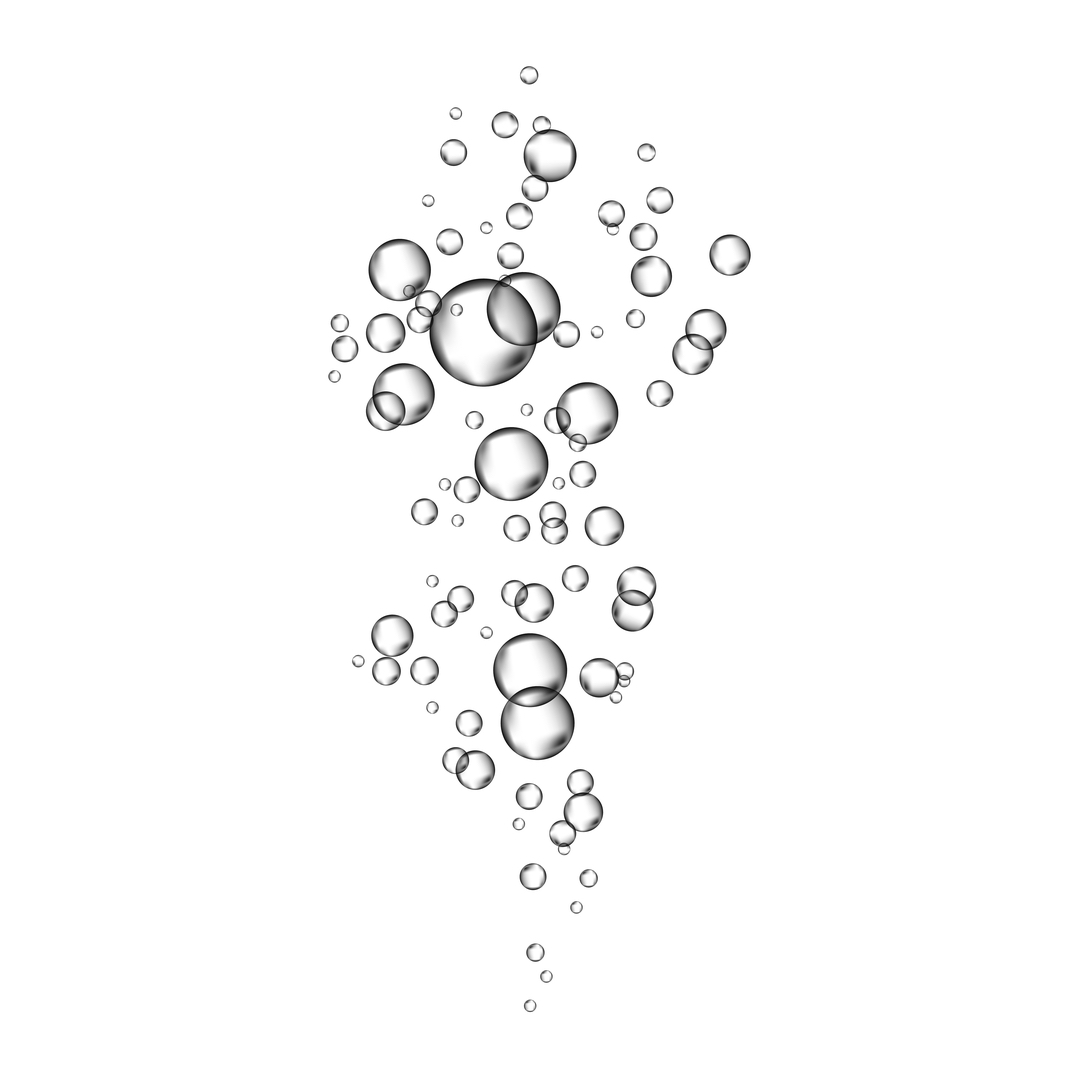
Woundcare: Continuous Oxygen Therapy – An Investment Thesis
In the last 18 months, Amadeus Capital’s early stage team added a dozen tech businesses to a new portfolio dedicated to medical technologies and digital health, along with AI, machine learning and cyber security.
Today, we are thrilled to welcome InotecAMD to the Amadeus family and pleased to have been given the opportunity to lead its Series A funding round.
Nextgen care solutions will be patient centric, outcome- and value-based, mobile where possible, and focused on home and community settings.
InotecAMD is a Cambridge University spin out and the maker of mobile medical devices designed to heal challenging and chronic hypoxic wounds.
It is estimated that chronic wounds will afflict 60 million sufferers by 2017, up from 40 milli0n in 2012 (source: MedMarket Diligence). It is a classic case of a large and somewhat dormant space, ripe for disruption – more so in wound therapies where very little happened since the introduction of negative pressure (VAC)… two decades ago.
InotecAMD’s compact (about the size of a mobile phone) and wearable Natrox system provides a 24/7 supply of pure humidified oxygen generated by water electrolysis. It is versatile enough to be compatible with all dressing types and adjunctive to existing pathways of care. Natrox is patented, clinically validated, FDA 510(k) approved and Class IIb CE marked.
InotecAMD goes at the heart of our healthcare investment thesis – aging population, sedentary lifestyles, rise in chronic conditions, coupled with inefficiencies in delivery and ballooning treatment costs call for transformative approaches to care. Economic pressures require it, demographics demand it, and now technology truly allows it: next generation care solutions must be patient centric, outcome- and value-based, mobile where possible, and enable the transfer of care from hospitals to community settings.
Outpatient wound care is a large, under-served market with sustainable long-term growth. Recent M&A transactions in the wound care industry show an ongoing trend of companies looking to deepen and strengthen their portfolio through acquisitions.
Most recently in February 2015, Medtronic closed its acquisition of Covidien, the second largest player in the wound care market, for $50 billion. Covidien, based in Ireland, had a 11.4% market share in 2013. In September 2014 Kinetic Concepts (KCI), LifeCell and Systagenix came together to form Acelity, a global leader in advanced wound care therapeutics and regenerative medicine. Cardinal made two recent acquisitions in the wound care space. In May 2014, Cardinal acquired Access Closure, a manufacturer and distributor of extravascular closure devices in the United States. This was followed by Cardinal’s acquisition of Innovative Therapies, a negative pressure wound therapy company, in September 2014 (Source: Brocair Partners).
Similarly, we see strong interest from peers. In July 2014 Clayton, Dubilier & Rice acquired Healogics, the US’s largest provider of advanced wound care services with nearly 600 hospital outpatient wound care centres – have I already mentioned that outpatient wound care services is a large, under-served market with sustainable long-term growth?
To remain viable in a rapidly evolving environment, wound care technologies ought to focus on quality and outcomes – something the industry is learning the hard way.
Watch the space – and Natrox.

